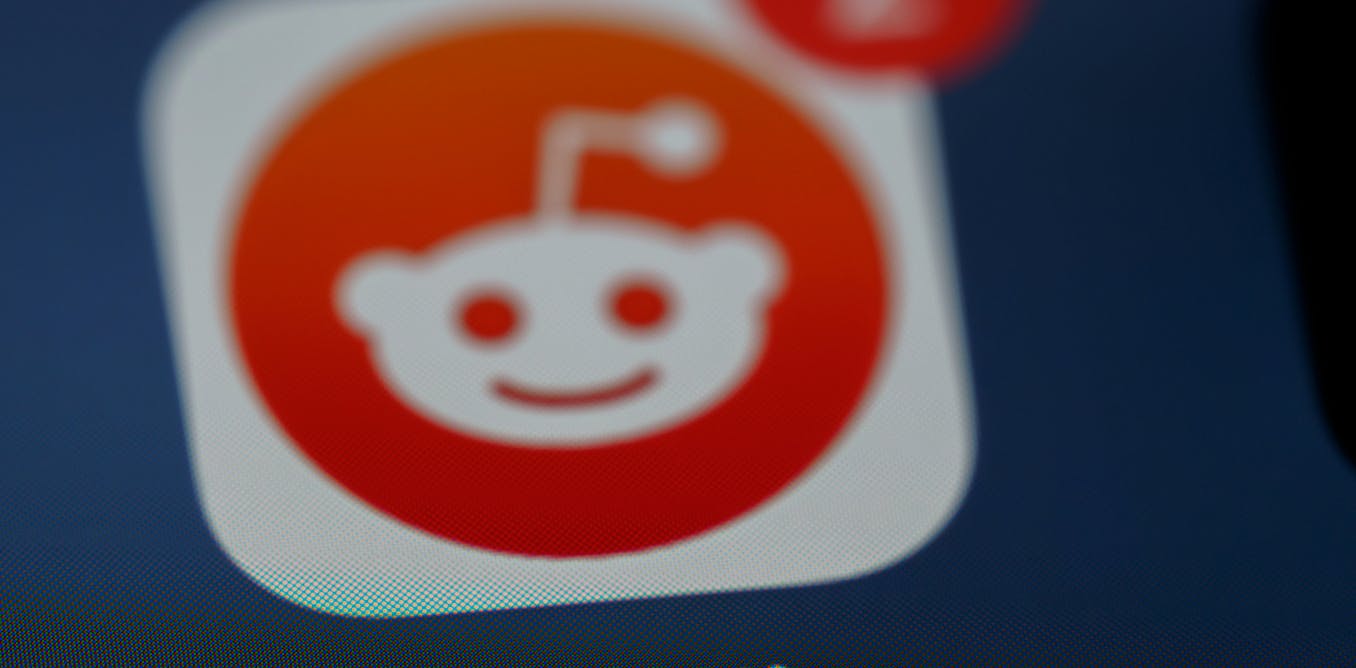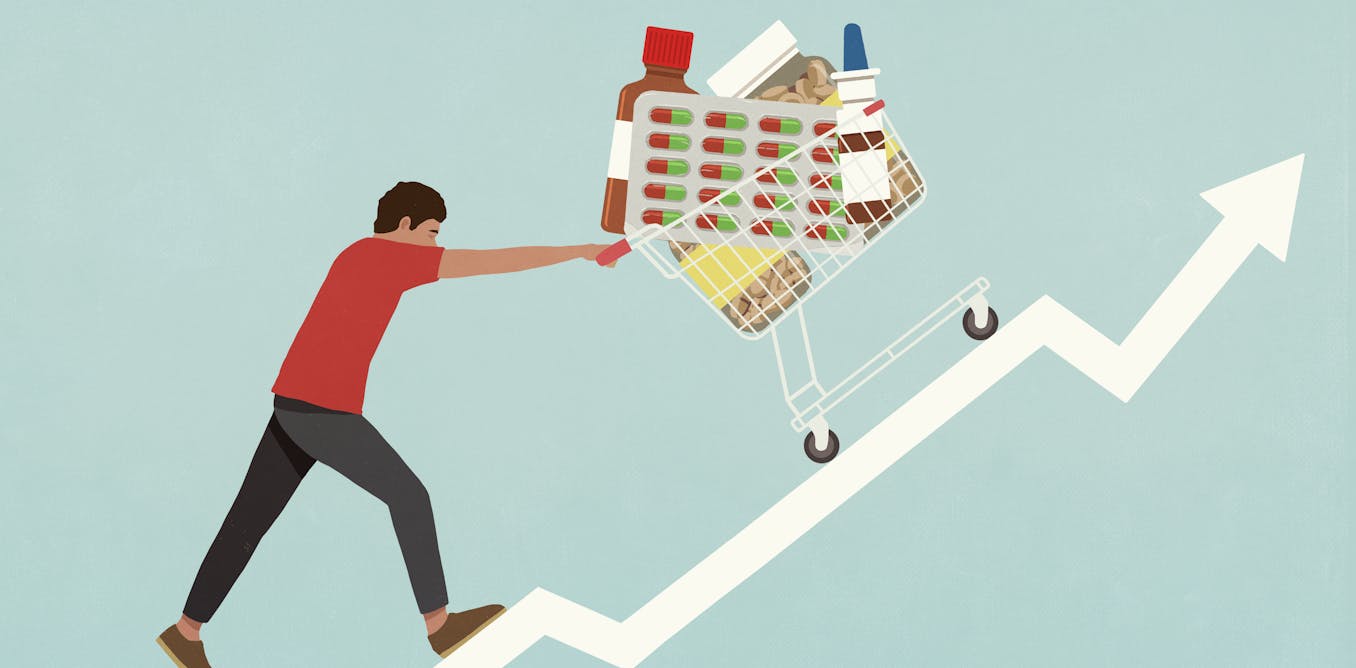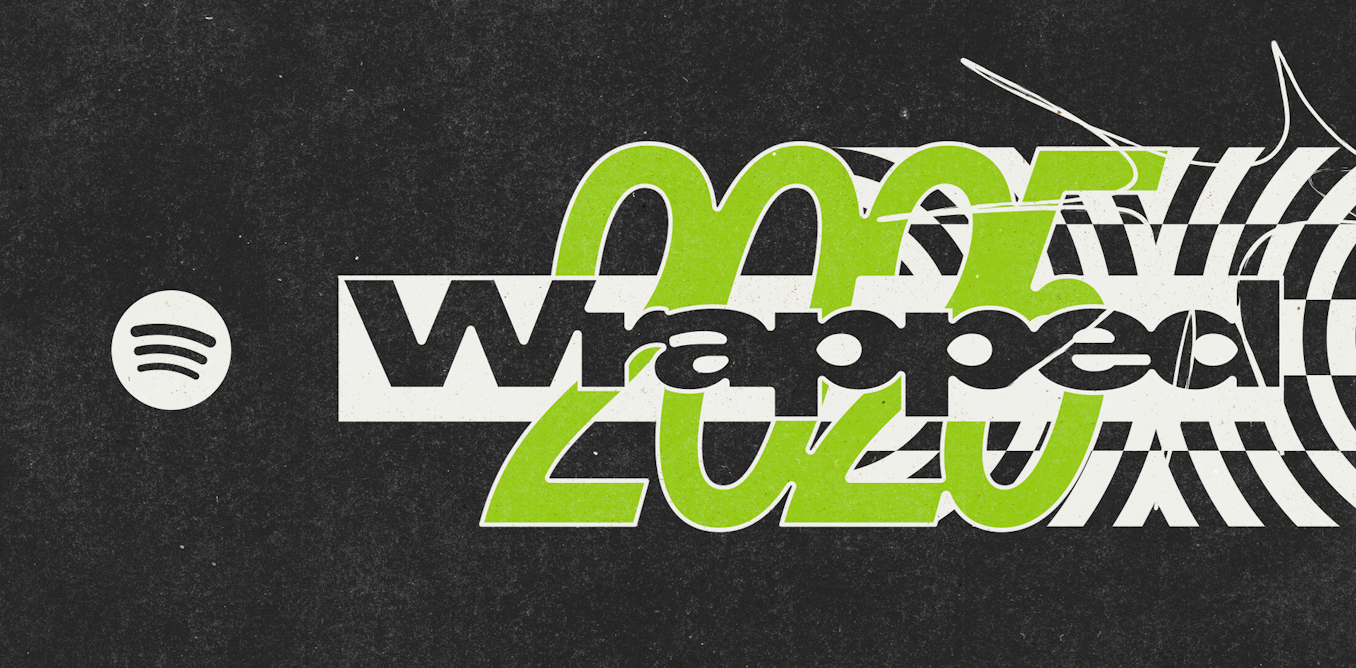Does all music sound the same these days? Many listeners – and artists – think so. There’s a concern that today’s hits are increasingly generic, predictable and indistinguishable. And it might all come down to money.
Streaming platforms like Spotify have transformed music production, distribution and consumption. In place of nurturing individual expression, there’s long been a belief that streaming platforms have shifted the focus to financial goals.
Our new research examined these perceptions and found that over a 20-year period there was a move towards standardisation, repetition and conformity in popular tracks.
In the 1940s, philosophers like Theodor Adorno and Max Horkheimer argued that, much like Henry Ford’s production lines, music had become a mass-produced commodity designed for passive consumption. By the early 2000s, physical record sales still drove revenues, major labels controlled most of the market, and promotional power was concentrated in radio stations, music television and charts.
Despite this commodified structure, however, music – especially in genres like hip-hop – remained stylistically diverse and regionally distinct.
Yet, over the last decade, a transformation has occurred. The rise of streaming platforms and the growing role of finance have restructured the culture industry. This is not only changing how music is distributed, but fundamentally altering how it is valued and produced.
In our study, we found that today’s industry is no longer primarily about selling commodities like albums, tickets or CDs. Rather, it is about generating financial assets in the form of rising numbers of plays and subscriptions that promise to create future income streams.
This shift is driven by two major forces that we call “platformisation” and “finacialisation”. Platformisation refers to the dominance of streaming services that shape how music is produced and consumed. Financialisation is about prioritising future income streams over immediate profitability.
In this new landscape, value is created not by sales but by ownership over future income. This is turning songs, playlists and platforms into financial assets. It has transformed music into an investment product and playlists into highly curated tools for extracting value.
Spotify, for instance, rarely turns a profit. Instead, its business model revolves around an expectation about future increases in revenue. This lies in increasing plays from both paid and unpaid subscriptions, either by increasing advertising revenue or monthly subscription fees.
Investors value Spotify not for its current earnings but for its capacity to grow. To do this, it must maximise plays and subscriptions and “minimise friction” (that is, making the listening experience smooth and uninterrupted). This is where the playlist comes in.
Read more:
Spotify just made a record profit. What can the platform do now to maintain momentum?
Radio once played a central role in shaping musical tastes. But today, playlists have taken over. With nearly 16 million followers, the highly influential hip-hop playlist RapCaviar does not just reflect listener tastes – it shapes them.
Getting a song on important playlists can generate hundreds of thousands of dollars in revenue, and failing to be listed can mean obscurity. This pressure has changed how music is made.
To be playlisted, songs must conform to a set of unwritten rules: short durations, instant hooks, predictable beats and familiar sonic textures. Songs that deviate too much from the standard risk being skipped and therefore not generating royalties. The result is playlists that are optimised for bingeability and selected for seamless consumption.
Taner Muhlis Karaguzel/Shutterstock
To test whether these pressures are leading to the homogenisation of music, we conducted a comparative content analysis of hip-hop music from two eras.
For the pre-streaming period, we examined Apple Music’s retrospective chart playlist of the biggest hip-hop and R&B hits from 2002. For the streaming era, we analysed Spotify’s RapCaviar playlist from 2022.
Both contained a sample of 50 songs that we analysed across five categories. We investigated form and structure, sampling, rhythm, vocal style and lyrics – and the findings were striking.
-
Song length: the average track duration fell from four minutes and 19 seconds (2002) to three minutes and three seconds (2022), reflecting the pressure to engage listeners quickly
-
Tempo and key: songs in 2022 clustered much more around similar tempos and harmonic keys, reducing the variety of sound
-
Samples: where early-2000s tracks drew inspiration from diverse genres and local cultures, most 2022 hits favoured similar moods – generic piano and guitar loops – often sourced from pre-packaged production platforms like LANDR
-
Rhythm: while earlier hip-hip songs often used distinct rhythms, 90% of 2022 songs used nearly identical 808s (a synthetic drum machine) and rhythms
-
Vocals: auto-tune effects were nearly ubiquitous in 2022, giving voices a uniform, digital texture
-
Lyrics: using natural language processing (an AI tool), we found that lyrics in 2022 were 60% more similar to each other than in 2002 – even though they used a larger collection of words.
Taken together, these trends suggest that the sonic and stylistic diversity once praised in hip-hop has been replaced by algorithmic compatibility. While in 2002 a diverse group of songs including Busta Rhymes’ Make It Clap, Eminem’s Lose Yourself or Missy Elliott’s Work It were at the top of hip-hop charts, today’s songs on RapCaviar are much more homogeneous.
Once an art form defined by regionality, resistance and individual expression, hip-hop is increasingly shaped by the incentives of platform capitalism.
Why this matters
This speaks to a broader transformation in how cultural products are made, valued and circulated. Music and other art forms are increasingly produced within platforms designed for scalability. As such, often the asset logic replaces artistic freedom, and predictability trumps originality.
Streaming platforms might claim to democratise the music industry, but in reality they often reinforce the dominance of major labels and pre-existing trends.
Even artists who have benefited from these systems are beginning to speak out about their constraints. This is even more important with the rise of generative AI and the possibility of a future of individualised, on-demand music generation.
If music is to reclaim its critical, creative and expressive power, it needs to be disentangled from the financial logic that now governs it. The first step is understanding how this logic works – and whose interests it serves.

The post “our study found popular songs are becoming more generic” by Johannes Petry, CSGR Research Fellow, University of Warwick was published on 10/03/2025 by theconversation.com






































Leave a Reply